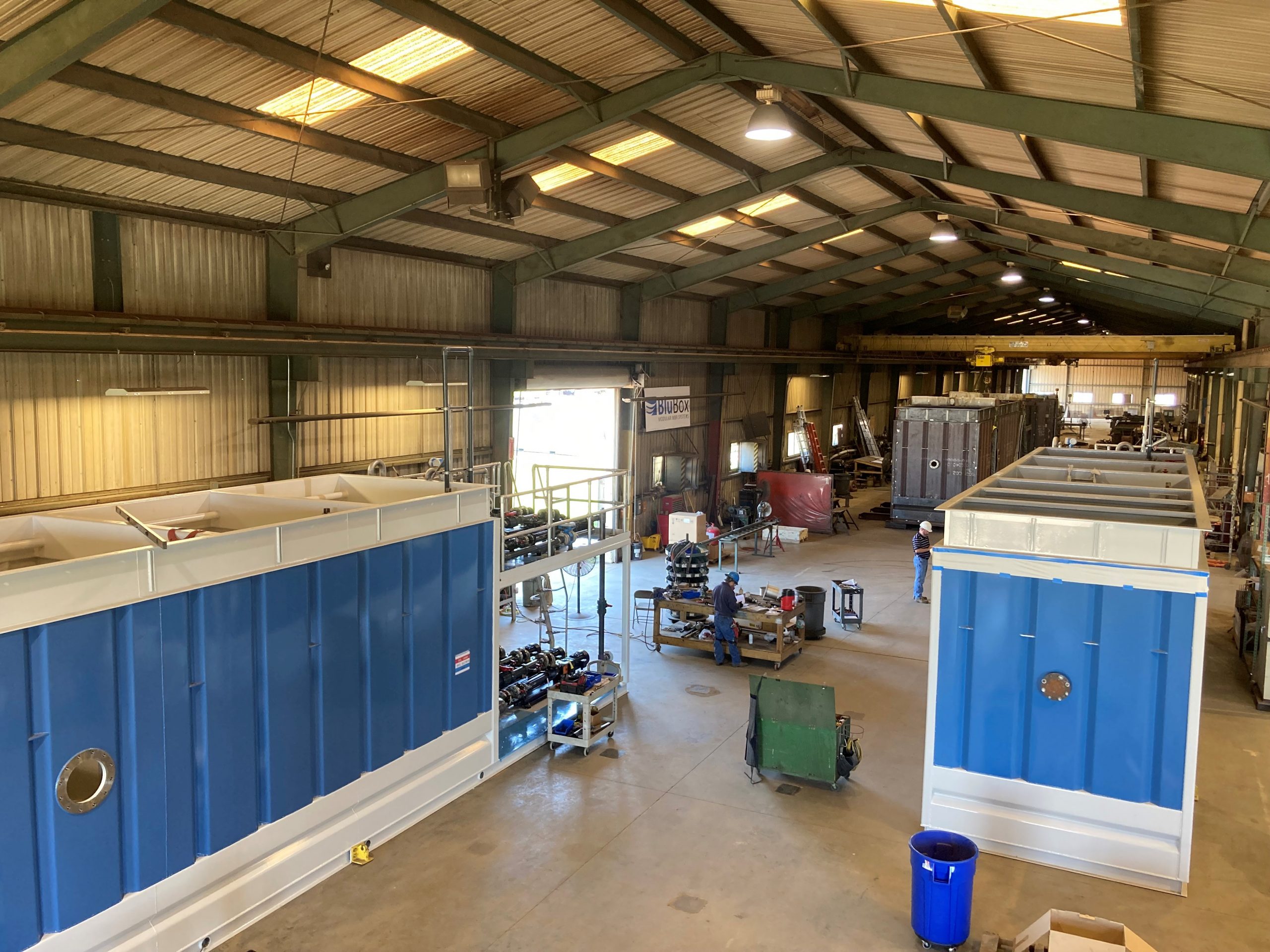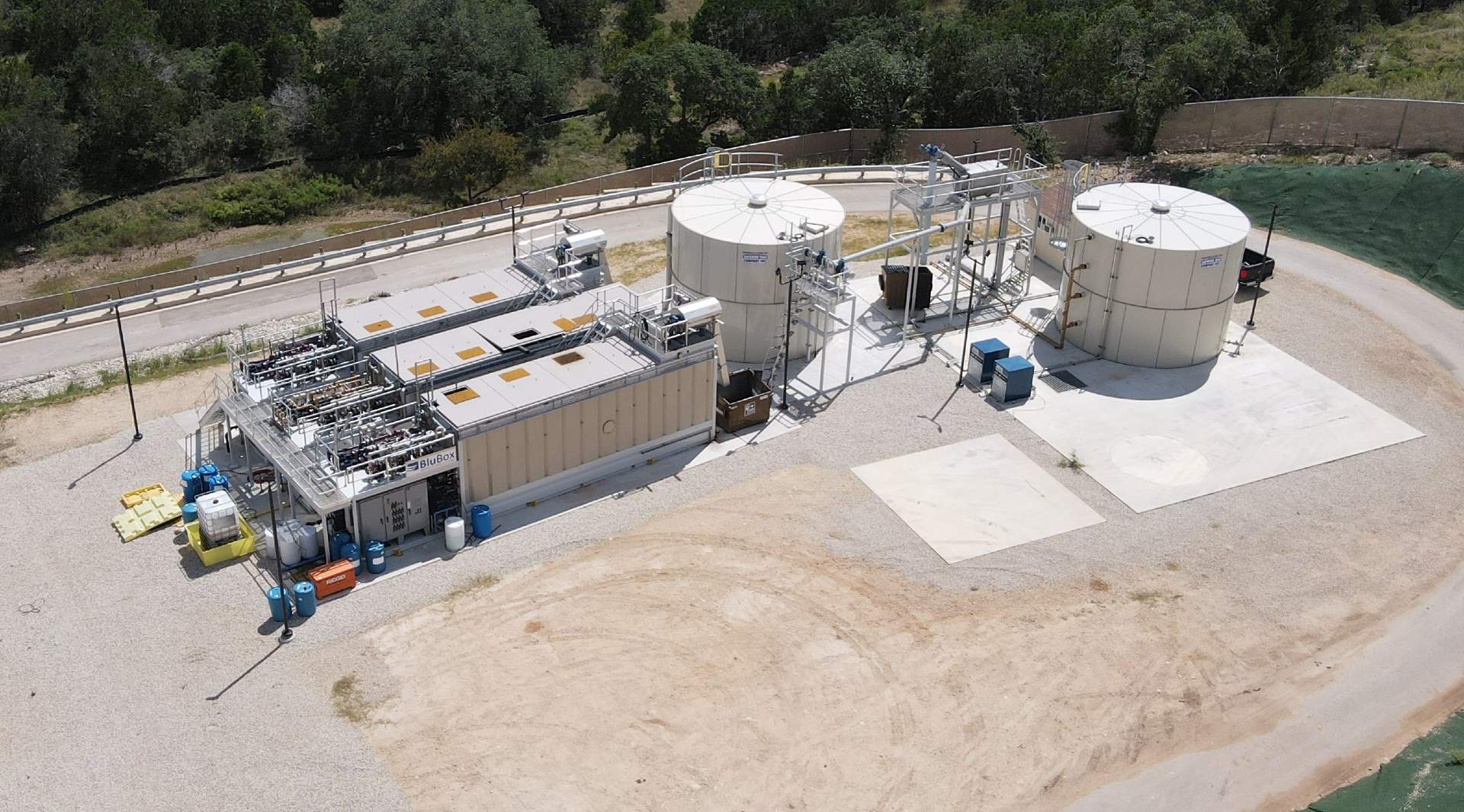Rescuing Failed Aeration Systems

This article was originally published by KLa Systems, an Integrated Water Services company. It is appearing here as the second in a three-part series on water aeration. Read Part I here and Part III here.
In wastewater treatment, aeration systems are more than just critical. They can be seen as the central nerve of the whole operation, the part of the process that usually costs the most to run and can cause the most havoc when it malfunctions. Recently, several industrial wastewater operations with problems in their fine bubble diffuser systems turned to KLa Systems for help. We spoke with the jet aeration company to learn more about how it stepped in and transformed these faulty systems.
We went over what went wrong in these operations, got advice for approaching system replacement, and learned about the future of aeration technology.
How are aeration systems utilized in treatment operations?
An adequate oxygen supply is extremely important to the biological treatment of industrial effluent, such that both dissolved and suspended organic compounds are removed prior to entering the receiving body of water. Aeration systems are used for transferring oxygen and providing the necessary mixing to the microorganisms which are the engine of the biological treatment process.
Can you briefly explain the application differences between KLa’s Slot Injector or jet aeration systems and fine pore diffusers in wastewater treatment operations?
Fine pore diffusers transfer oxygen by passing air through a porous membrane which produces very small gas bubbles. The diffusers are typically circular or tubular in shape and, to achieve the best oxygen transfer and mixing results, are located in a dense, full-floor coverage configuration on the floor of a tank or basin. Our Slot Injector and jet aerators transfer oxygen by simultaneously introducing large volumes of high-kinetic-energy liquid and air through a series of injector or jet nozzles. The intense mixing action of the liquid/gas plume as it exits the secondary nozzle allows for a more spacious, floor-mounted equipment configuration while still optimizing oxygen transfer and tank mixing.
Have you found that these differences have swayed operational decisions to choose one application over the other?
Yes. Although still applied in industrial applications, fine pore diffusers dominate the municipal activated sludge treatment market, as they provide reliable and extremely energy-efficient performance in what are comparatively diluted waste streams. In many industrial biotreatment applications, conventional jet or Slot Injector aerators are preferred, as they are not as prone to the oxygen transfer depression, organic and/or biofouling, and membrane failures associated with fine pore diffusers in the more intense organic and inorganic environment.
What experiences has KLa had in helping operations replace their existing systems? What lessons could other operations learn from these examples?
Over the past year, we have been involved in several large-scale retrofits in which our Slot Injector technology has replaced an existing fine pore aeration system. In one case, the fine pore diffusers applied to a membrane bioreactor (MBR) process performed so poorly in the second year of operation that the food processor operation was forced to install a 1.5-million-gallon tank in front of the MBR aeration tank to provide the necessary oxygen transfer utilizing slot injectors.
Another case involved a food processor with a sequencing batch reactor (SBR) process that had already gone through two complete changeouts of their fine pore diffusers over a 10-year period. This year, when a third retrofit was required, they elected to install the Slot Injector system, which has given them double the oxygen transfer capacity utilizing their same air blowers.
In a plant that is currently under construction, we are replacing fine pore diffusers with slot injectors in a beverage processing facility’s two 9-million-gallon activated sludge (AS) basins. The reason for the changeout was that inorganic fouling was causing chronic diffuser failure and excessive blower pressure, which disrupted the operation, with the blowers frequently going offline due to excessive power draw.
When approaching an aeration system replacement, what advice can you offer to wastewater treatment operations?
Typically, when we are called in, the industry has already decided that they want to make a change, and at that point they are evaluating all of their options. The first question will always be, “Can we make a change without taking the tank(s) out of service?” All industries know that treatment tanks taken out of service will impact all or some of the production plant, which in turn affects their bottom line. At this point, we go over the pros and cons of our wet installed systems, which in some cases will meet their oxygen transfer needs without taking the tank out of service. If the oxygen deficit is too large, then a dry tank retrofit is the only option. At that point, we go over the features and benefits that a changeout to a jet or Slot Injector aeration system brings. In short, we offer long-term, trouble-free operation with a 50 to 100 percent increase in oxygen transfer capacity utilizing their same air blowers.
What do you see in the future for the Slot Injector and jet aeration systems in terms of these systems being better tools for the job?
Since 2001, we have enough of a database with retrofitting aeration systems in industrial applications that we have a high degree of confidence in delivering the predicted results. The main thing we are working on with our channel install contractors is reducing the treatment tank downtime to a matter of days. This reduction in downtime is a key factor in making projects move forward. In summer 2016, we retrofitted out the in-tank equipment of a 1.8-million-gallon tank over a single weekend. We topped that this fall with a 1.3-million-gallon sequencing batch reactor tank where we retrofitted the in-tank equipment and added two 100-hp recirculation pumps, including piping systems, civil, and electrical, over a four-day period. We are very pleased with the progress our team has made with the dry retrofit challenge.
Want to learn more? Read some of our recent articles:
Sign up for the Integrated Water Services newsletter below. We share important perspectives and news on MBR wastewater treatment every two weeks.
Want to learn more? Read some of our similar articles:
Sign up for the Integrated Water Services newsletter.
We share important perspectives and news on MBR wastewater treatment every two weeks.


